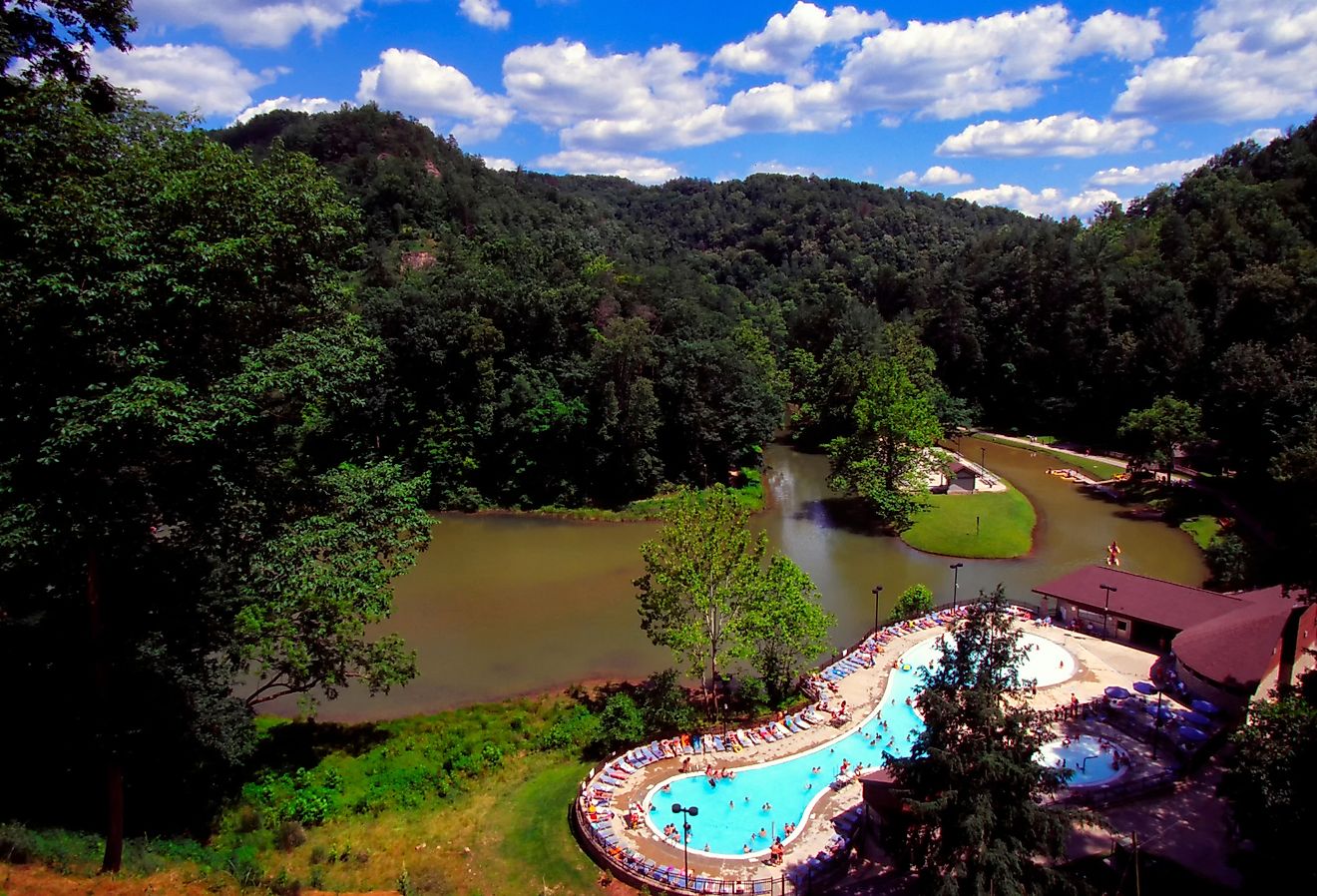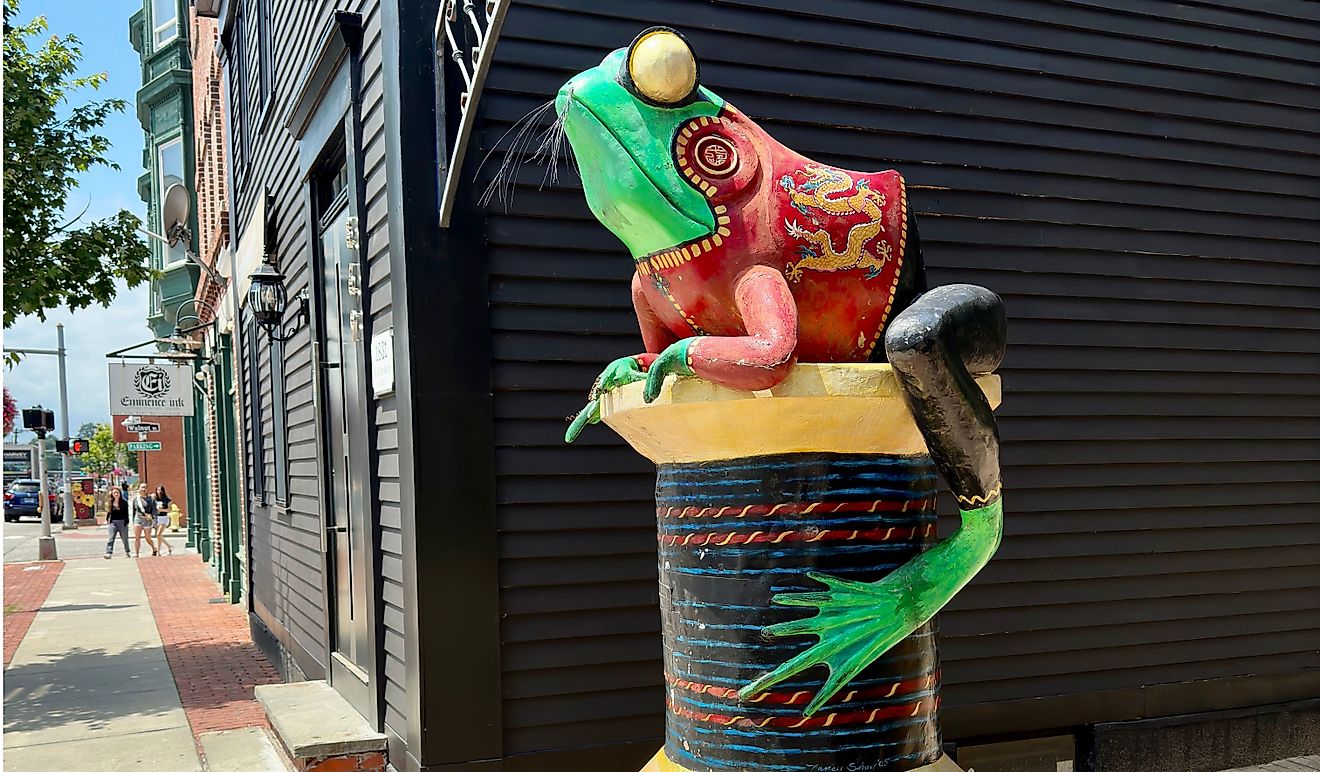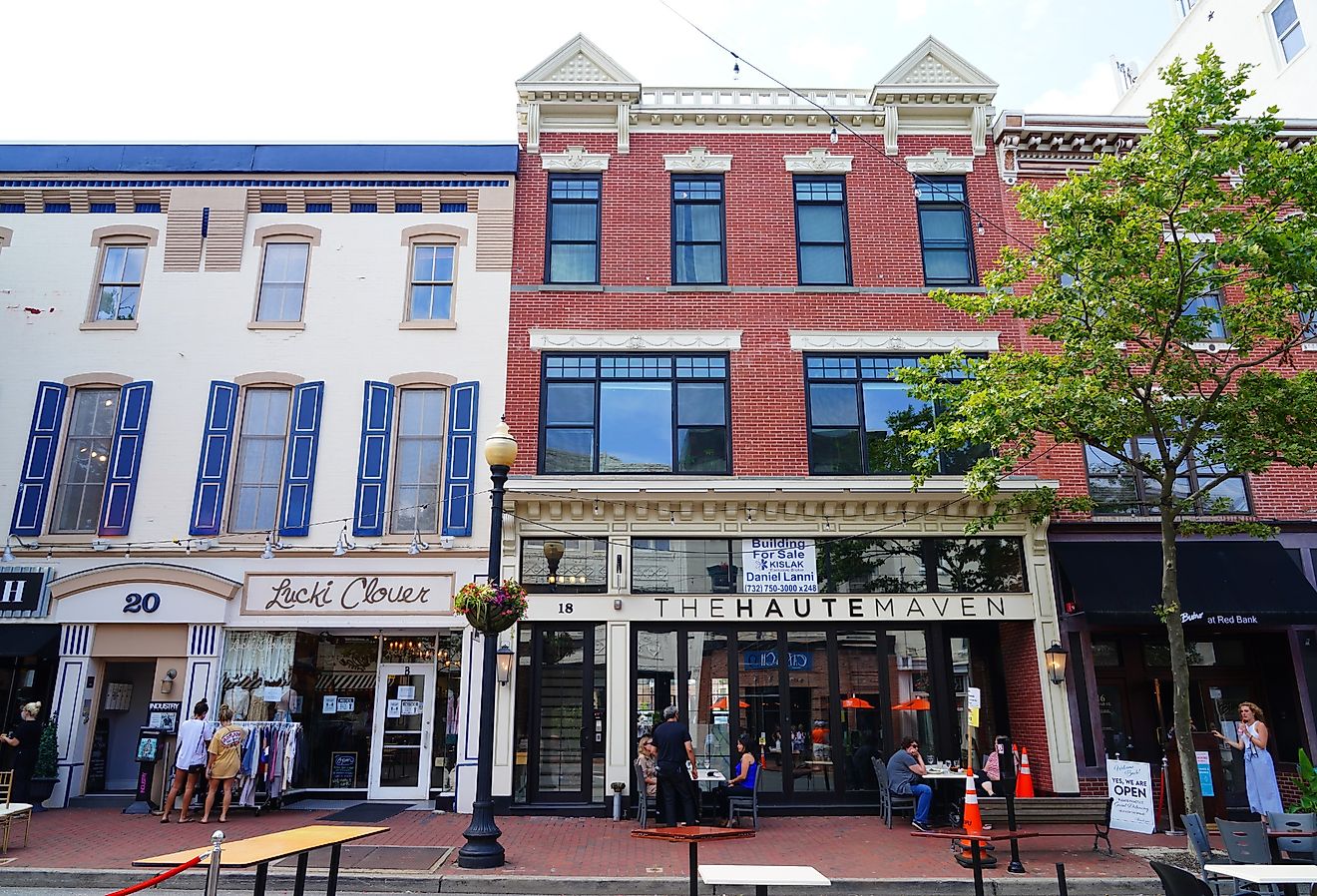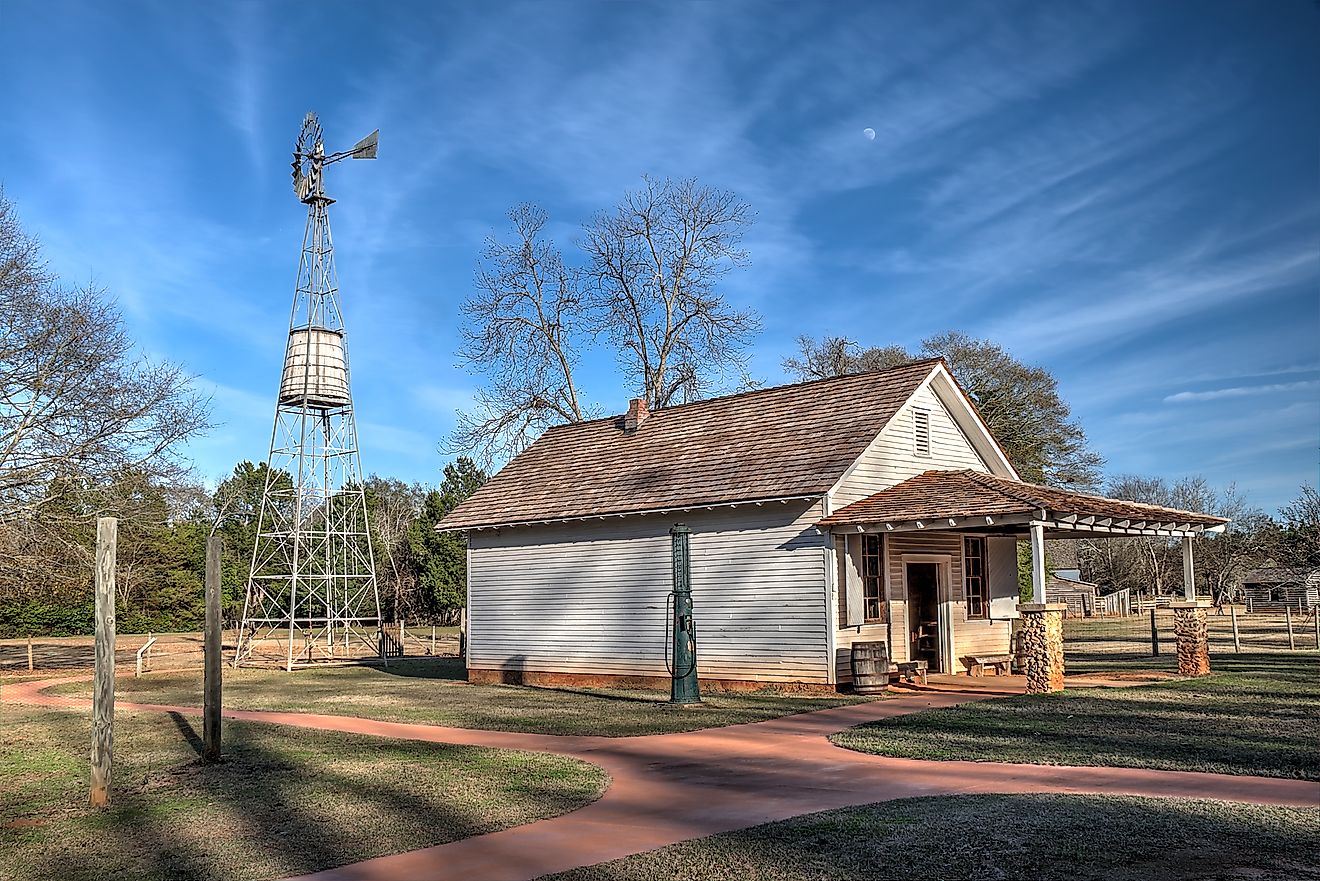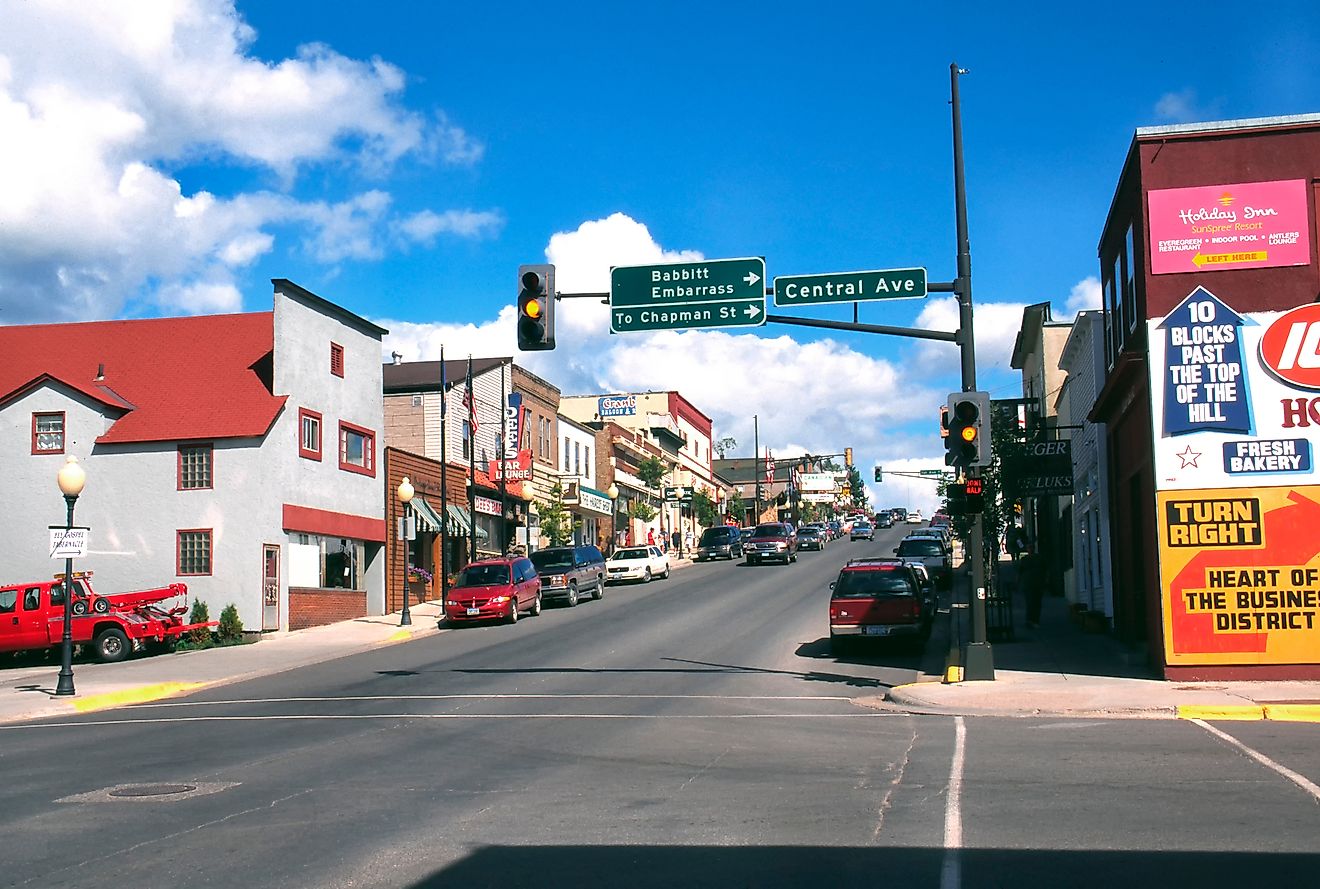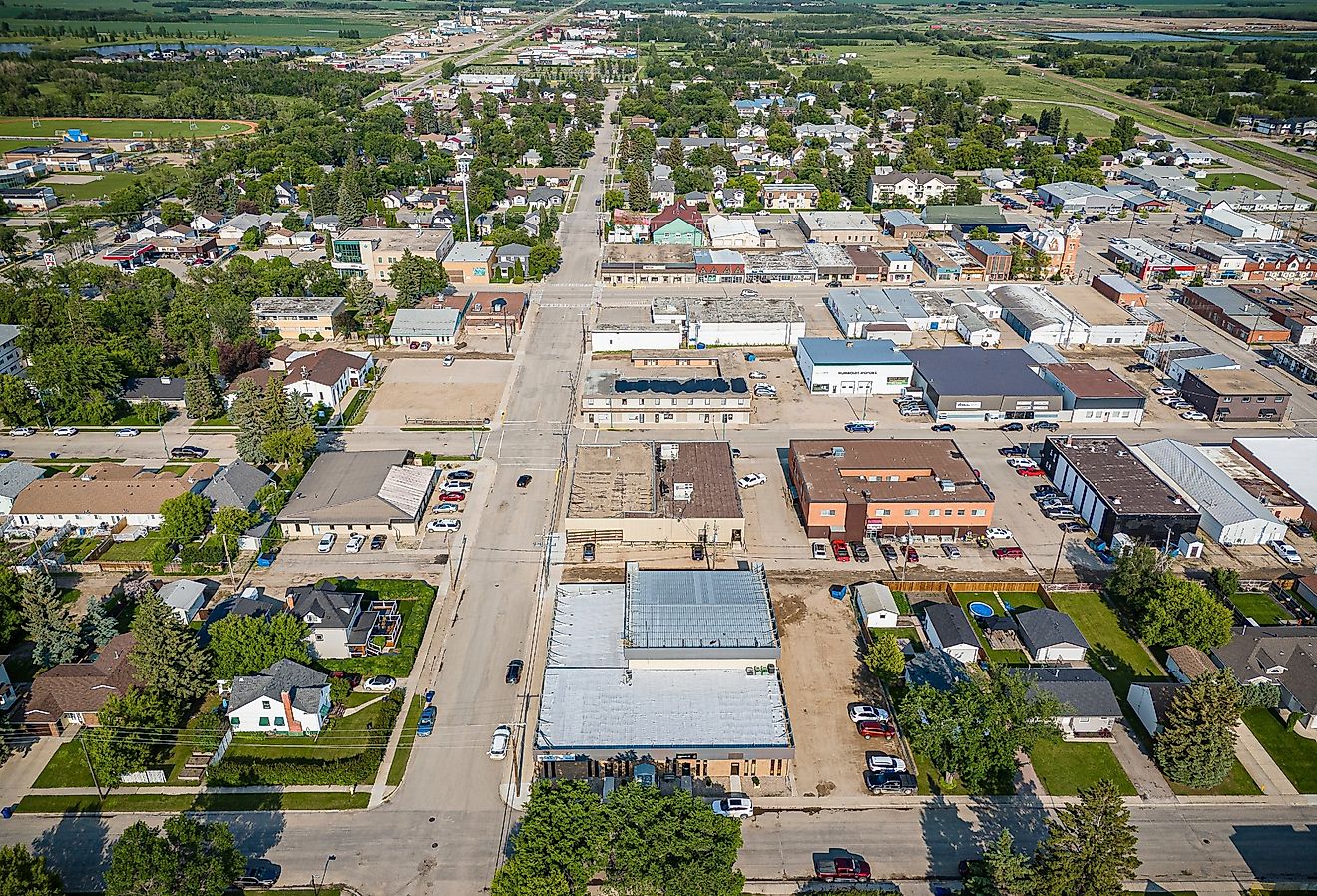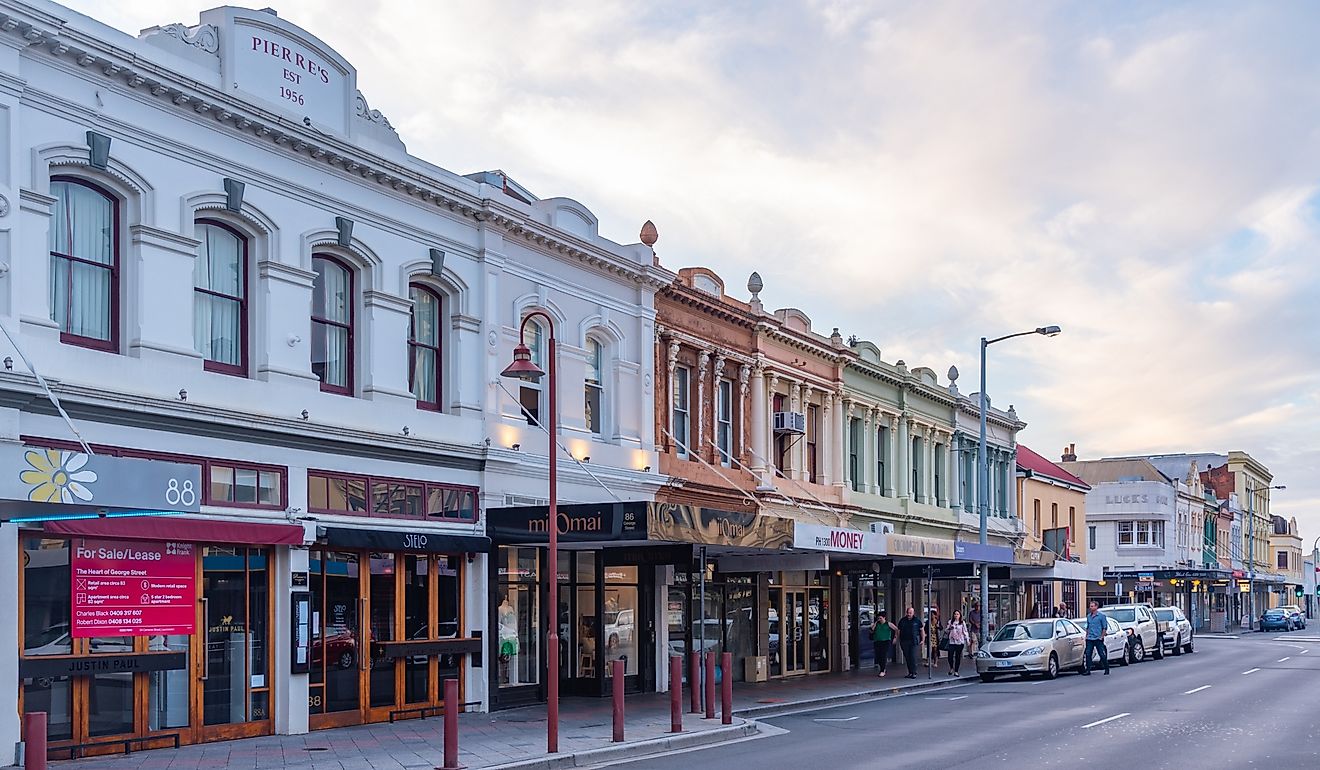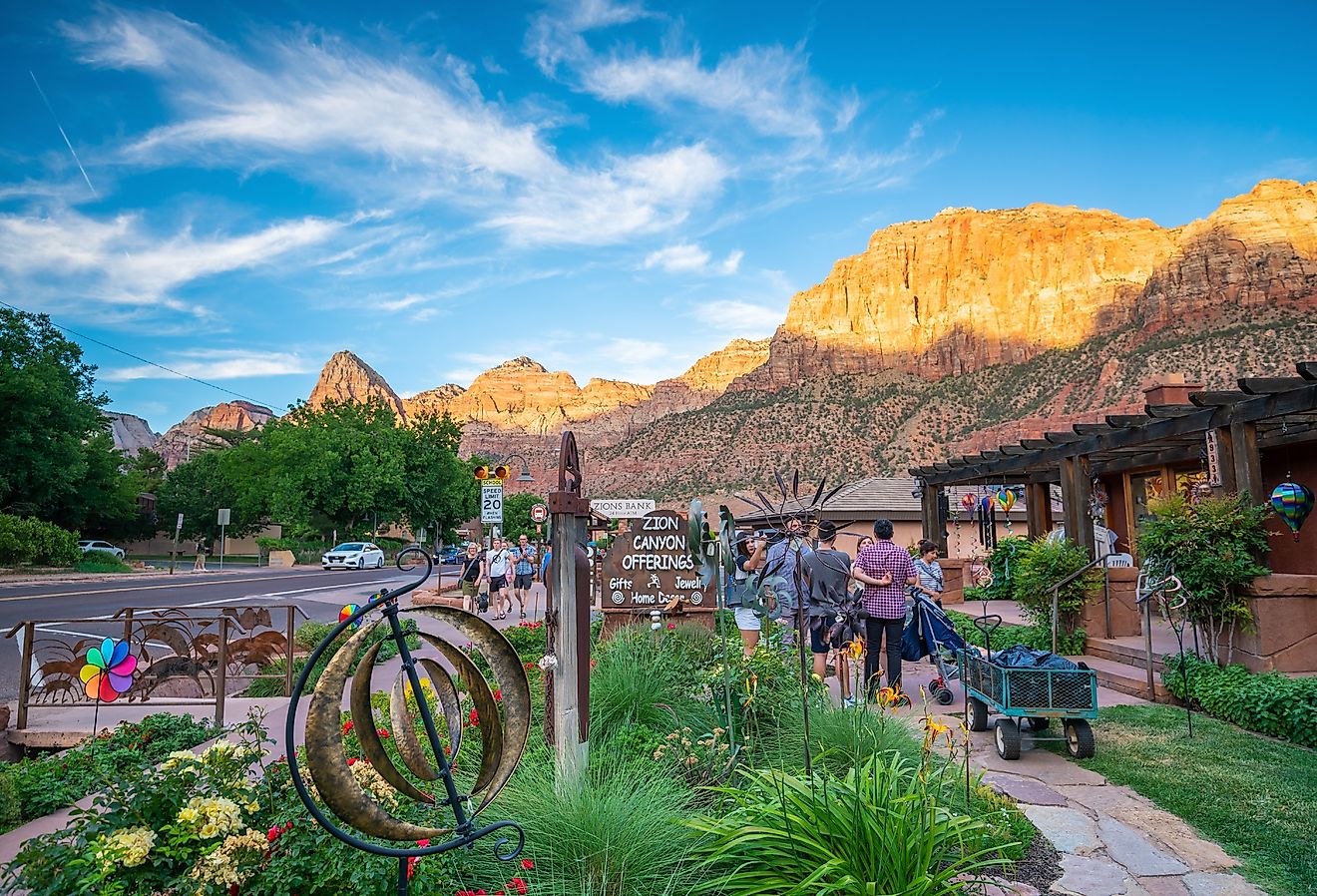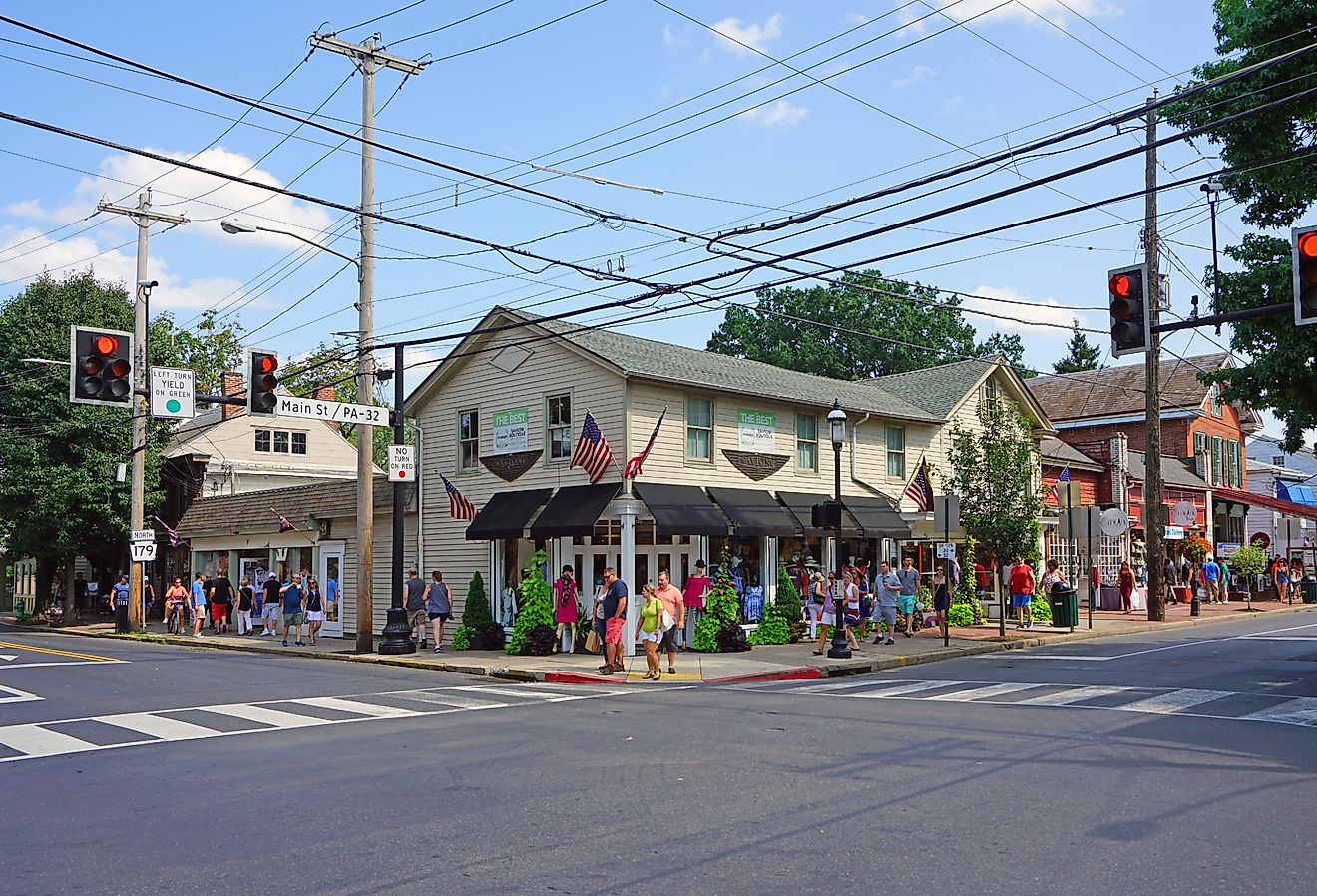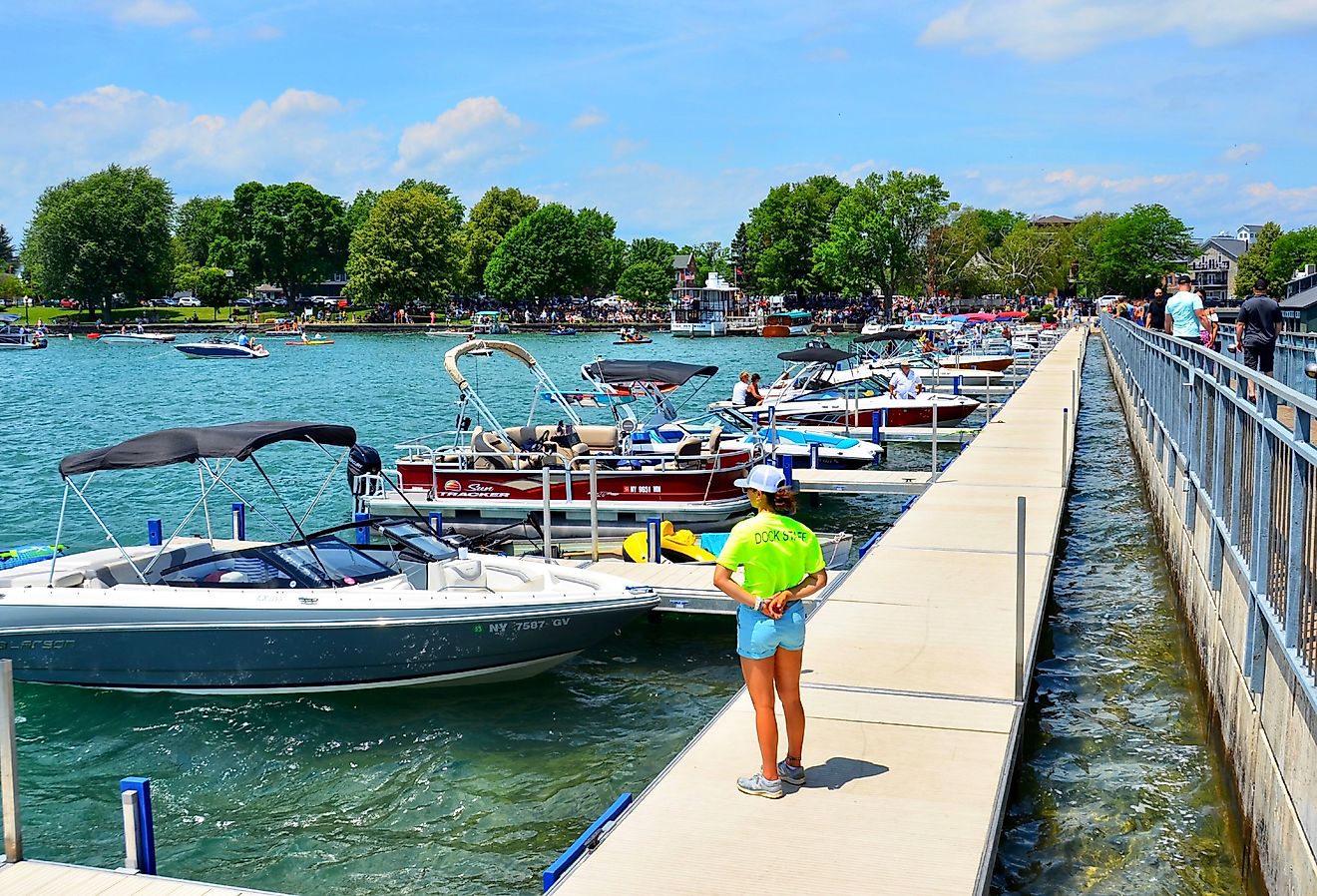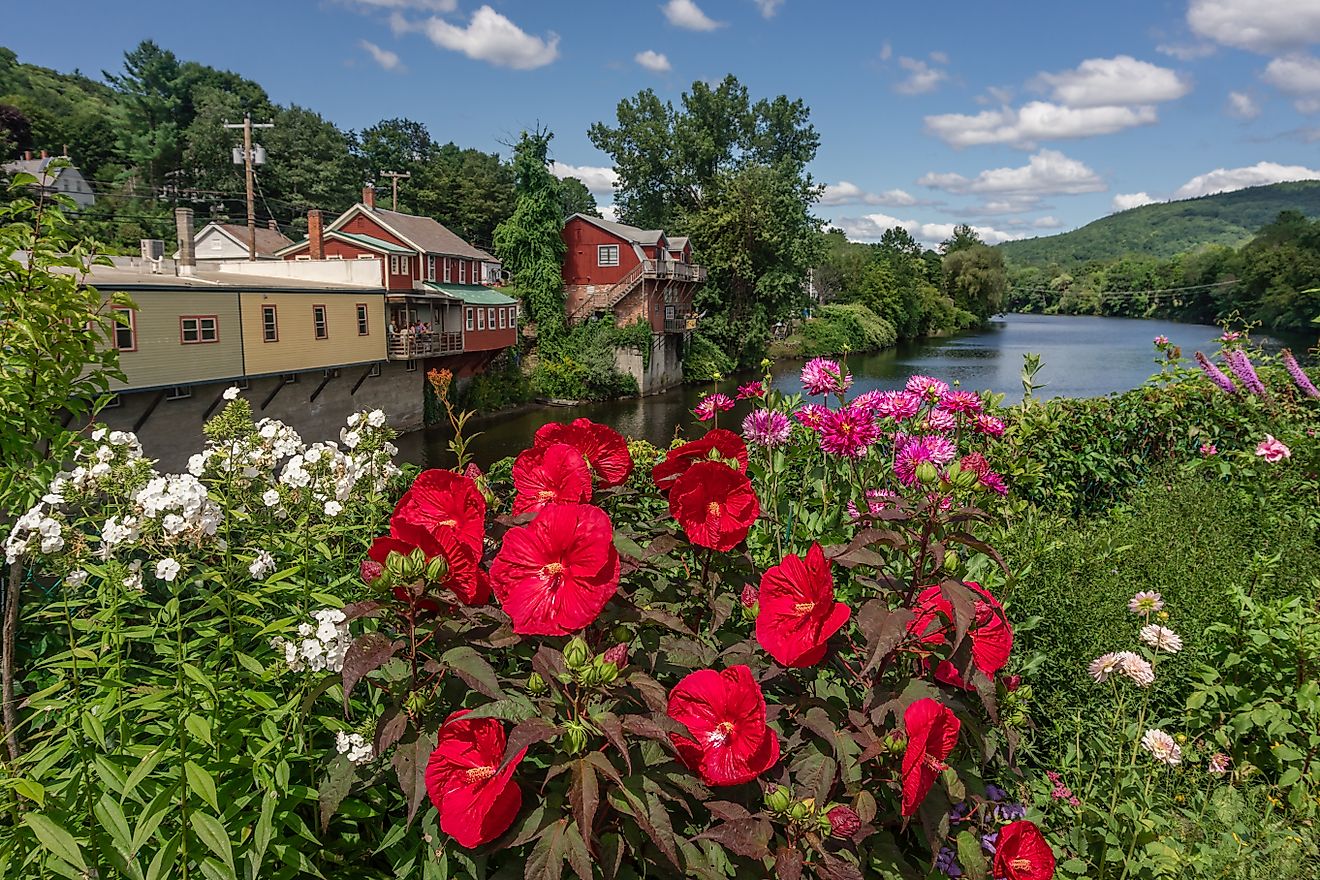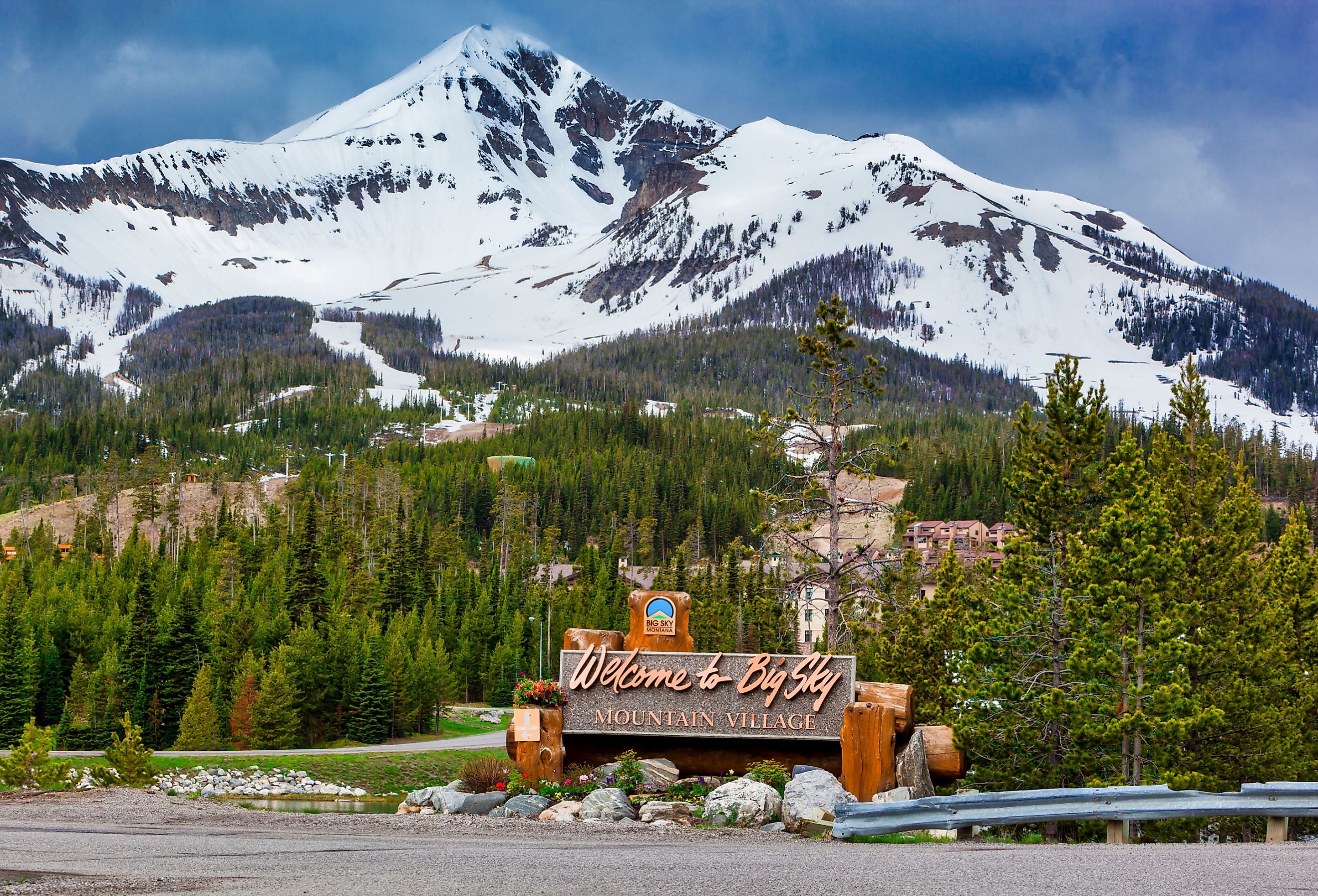
8 Picturesque Small Towns in Montana for a Weekend Retreat
Montana, the fourth largest state in the US by area, is in the Northwestern part of the country and is known for its diverse terrain ranging from the Rocky Mountains to the Great Plains. Montana is home to 56 counties, many of which are predominantly rural, hosting picturesque small towns that serve as crucial centers of community and culture within this state. But, what small towns in Montana are most worthwhile visiting for a weekend retreat? Keep reading to find out.
Whitefish

Whitefish, Montana, with a population of 9,739 as of the last census, is situated in the northern part of the Flathead Valley, near the western boundary of Montana. The town's foundation dates back to the early 20th century, coinciding with the expansion of the Great Northern Railway, which played a crucial role in its development. Governed by a mayor-council system, Whitefish has evolved from a railroad town into a resort community.
Whitefish hosts numerous cultural events throughout the year, including the Whitefish Winter Carnival, the Huckleberry Days Arts Festival, and the Whitefish Theatre Company's performances. The town is also in proximity to Glacier National Park, encompasses millions of acres of forests, alpine meadows, and lakes, along with hundreds of miles of hiking trails. Beyond its historic downtown area, don't miss the Whitefish Depot. This historic landmark is a beautifully preserved railway station that now houses a museum.
Big Sky
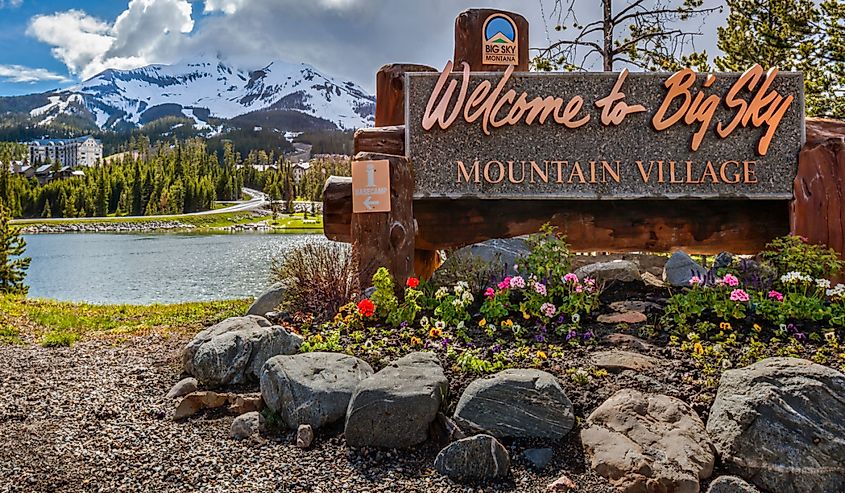
Big Sky, Montana, with a population of 3,049, is situated in the Madison Range of southwestern Montana. Big Sky's economy and community life are largely influenced by tourism, with the resort and natural attractions driving visitor engagement throughout the year.
The picturesque town is home to Big Sky Resort, a notable skiing destination in North America, which features over 5,800 acres of skiable terrain. Additionally, the Gallatin River, accessible from Big Sky, is popular for white-water rafting and fly fishing, attracting enthusiasts from various regions. Ousel Falls Park, another significant attraction in Big Sky, offers hiking trails leading to a scenic waterfall, showcasing the area's natural beauty.
West Yellowstone
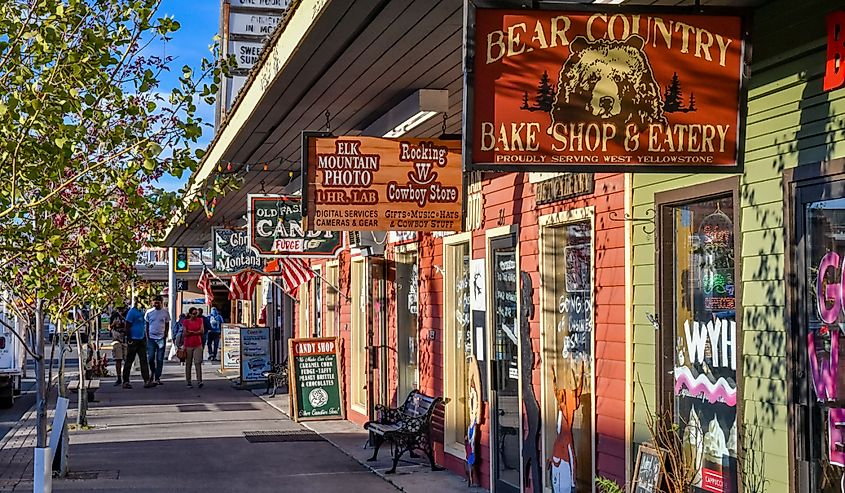
West Yellowstone, with a population of just 1,186, serves as the western gateway to Yellowstone National Park, the world's first national park. The park is known for its vast wilderness spanning over 2.2 million acres, notable geothermal features including over 10,000 hot springs, geysers, mudpots, and fumaroles, and a diverse array of wildlife encompassing over 67 species of mammals, including bison, wolves, and grizzly bears.
Among the notable attractions in West Yellowstone is the Grizzly & Wolf Discovery Center, a facility dedicated to educating visitors about the region's wildlife through exhibits that replicate natural habitats. The Musuem of the Yellowstone provides a historical overview of the area, emphasizing its contribution to the establishment and development of Yellowstone National Park. Meanwhile, the Union Pacific Railroad Depot, exemplifies the town's historical significance, having facilitated early tourist access to the park since its construction in 1909.
Virginia City
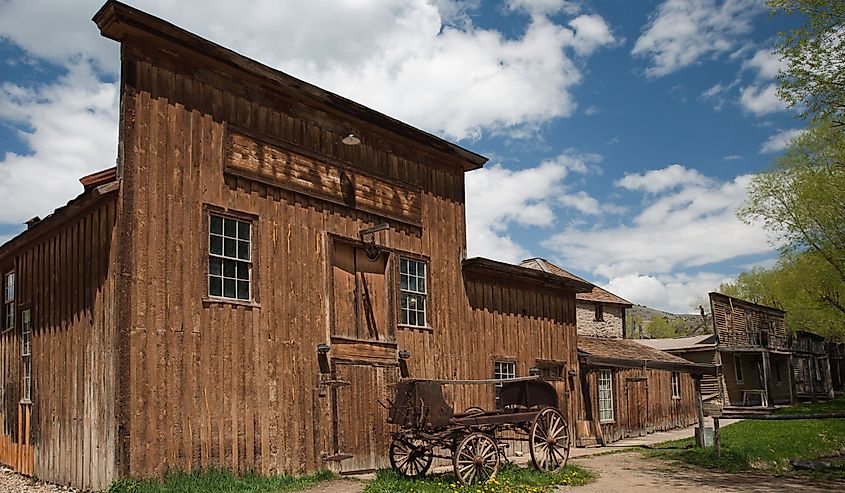
Virginia City, with a modest population of 291, stands as a living museum to Montana's rich gold rush history, transporting visitors back to the 1860s. This well-preserved picturesque town is not just a relic of the gold rush era; it's a community where history and hospitality merge. Walking through the town feels like stepping onto a movie set, with its authentic Victorian architecture, wooden sidewalks, and operational steam engine.
Attractions in Virginia City include the Nevada City Museum & Music Hall, where you can explore historical buildings and artifacts. The Virginia City Opera House still hosts live performances, giving you a taste of 19th-century entertainment. For the adventurous, check out the Alder Gulch Railway. This railway journey takes passengers through the Alder Gulch area, offering views of Montana's rugged landscapes and a glimpse into the region's mining history.
Hamilton
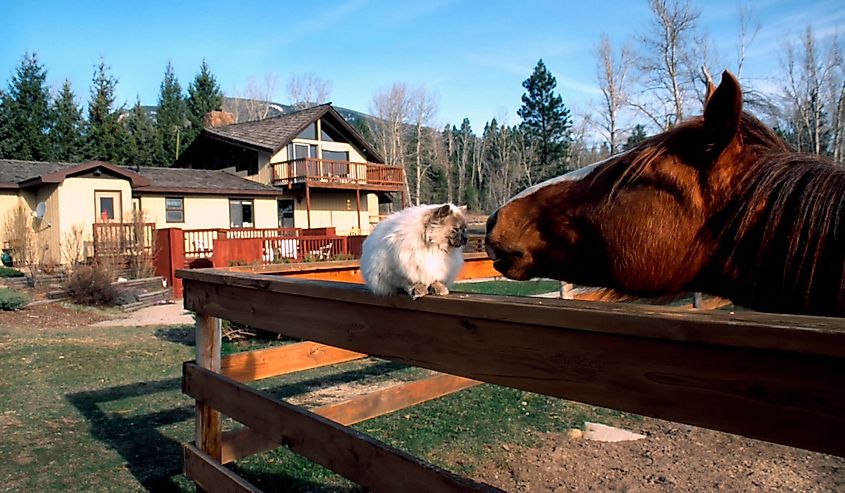
Nestled in the Bitterroot Valley and home to 5,585 residents, Hamilton is a town that epitomizes Montana's natural beauty and small-town charm. Surrounded by the Bitterroot and Sapphire Mountains, Hamilton serves as a gateway to outdoor recreation while offering a downtown area filled with shops, galleries, and cafes.
Visitors to Hamilton can explore the Bitterroot River, a prime location for fly fishing, kayaking, and rafting. The Daly Mansion, the historic home of Marcus Daly, one of Montana's "Copper Kings," provides a glimpse into the lavish lifestyle of the late 19th century. For nature enthusiasts, the nearby Lee Metcalf National Wildlife Refuge offers excellent opportunities for bird-watching and wildlife photography.
Fort Benton

Fort Benton, population 1,508, proudly holds the title of "The Birthplace of Montana" and brings Montana history to life along the banks of the Missouri River. This picturesque town played a crucial role in the western expansion and fur trade era. Today, Fort Benton blends its historical significance with a riverside setting, featuring well-preserved buildings, museums, and monuments that tell the story of its pivotal role in the American West.
The Fort Benton Historic District is a must-visit, with the Old Fort Benton part of the complex showcasing the area's fur trading past. The Museum of the Upper Missouri gives an in-depth look at the region's exploration and settlement history. For a riverside experience, the Fort Benton Riverwalk provides views of the Missouri River, perfect for an evening stroll.
Big Timber

Big Timber, with its population of 1,674, is a gem nestled in the Yellowstone River Valley, framed by the Crazy Mountains to the west and the Absaroka Range to the south. This town is representative of Montana's characteristic rugged landscape and serves as a notable example of the state's small-town culture.
The Crazy Mountain Museum serves as a focal point for visitors interested in understanding the local history and culture of Big Timber and the surrounding area. It provides educational exhibits and resources on the region's heritage. For outdoor recreation, Natural Bridge Falls and the Boulder River are in close proximity, offering opportunities for hiking, fishing, and photography. The Grand Hotel, known for its historical significance and offering accommodations and local cuisine, is another must-visit.
Anaconda

Anaconda, Montana, with a population of 9,518, is a town situated in the Pintler Mountains, known for its significant history in copper smelting. This community, transitioning from its industrial roots, now emphasizes its cultural heritage, outdoor activities, and the nature of the region.
Key attractions in Anaconda include the Anaconda Smoke Stack State Park, which is home to one of the world's tallest free-standing brick structures, symbolizing the town's industrial history. The Old Works Golf Course, another notable feature, is a design by Jack Nicklaus and incorporates the site's smelting history into its layout, offering a distinctive golfing experience. Additionally, Georgetown Lake and the Discovery Ski Area are proximal to Anaconda, providing a range of activities such as fishing, boating, skiing, and snowboarding, suitable for year-round engagement.
Montana's small towns present insights into Montana's past and present, from outdoor adventures in Big Sky and West Yellowstone to the gold rush history of Virginia City, and the natural beauty surrounding Hamilton, Big Timber, and Fort Benton. Whether for history, nature, or recreation, these towns encapsulate the essence of Montana, making them picturesque destinations for weekend retreats.
